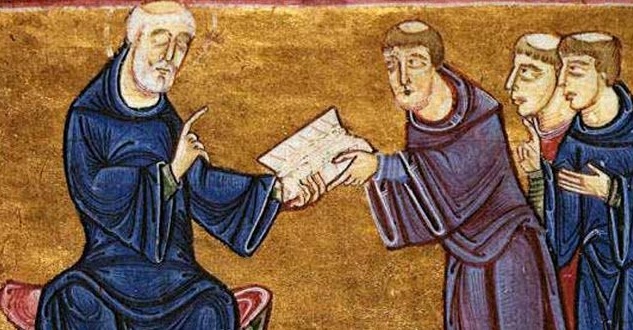The daily life of a priest in the Middle Ages was a combination of spiritual devotion, administrative duties, and service to the community. Priests were responsible for conducting religious services, administering sacraments, and providing spiritual guidance to the people in their care.
They also played important roles in the administration of the Church and in the education of the clergy. In this article, we will explore the various aspects of a priest’s daily life in the Middle Ages and how it was shaped by the social, cultural, and religious context of the time.
Education and Training
Before a person could become a priest in the Middle Ages, they had to undergo a period of education and training. The path to priesthood typically began with enrollment in a monastery or cathedral school, where young boys would receive an education in the classical subjects of Latin, Greek, and theology. These schools were often attached to a monastery or cathedral, and the students were usually ordained as monks or canons (members of a cathedral chapter).

The education received at these schools was rigorous and demanding. Students were expected to study long hours and adhere to strict rules of discipline and conduct. Those who excelled in their studies and demonstrated a sincere desire to serve the Church were often selected for further training and eventually ordained as priests.
Ordination and Duties
Once a person had completed their education and training, they were ordained as a priest and took vows of poverty, chastity, and obedience. The ordination ceremony was a solemn and sacred event, marked by the laying on of hands by the bishop and the recitation of the words of consecration. The newly ordained priest was then assigned to a particular church or monastery and given the task of serving the spiritual needs of the people in that community.
The duties of a priest in the Middle Ages were varied and multifaceted. They were responsible for conducting religious services, including Mass, and administering the sacraments, such as baptism and communion. They also provided spiritual guidance and counseling to those in need and performed various charitable works, such as visiting the sick and the poor.
In addition to their spiritual duties, priests also played important roles in the administration of the Church. They were responsible for keeping records of baptisms, marriages, and deaths, and for maintaining the property and finances of their churches. They were also involved in the education of the clergy and the training of new priests.
Life in the Monastery
Many priests in the Middle Ages lived and worked in monasteries, where they followed a strict and disciplined way of life. Monasteries were centers of religious devotion, learning, and charity, and the monks and priests who lived there were expected to follow a set of rules known as the monastic rule. These rules governed every aspect of monastic life, from the hours of worship and study to the types of clothing worn and the food eaten.

The daily routine of a monk or priest in a monastery was structured around the liturgical calendar and the monastic hours of prayer. The day began with Matins, a service of prayers and hymns held in the early hours of the morning. This was followed by Lauds, a service of morning prayers, and then the celebration of Mass. The remainder of the day was divided into periods of work, study, and prayer, with regular breaks for meals and rest.
In addition to their spiritual duties, monks and priests in the monastery were also expected to perform manual labor, such as farming, brewing, or copying manuscripts. This was seen as an important part of their spiritual formation, as it taught them humility and discipline and kept them grounded in the real world.
Life in the Parish
While many priests lived and worked in monasteries, others served in parishes, where they were responsible for the spiritual needs of a specific community. Priests in parishes typically lived in a rectory, a house provided by the Church, and were responsible for conducting services and administering sacraments to the people in their care. They were also expected to visit the sick, provide pastoral counseling, and perform other charitable works as needed.
Priests in parishes often worked closely with the local bishop and other clergy to fulfill the spiritual needs of their community. They were responsible for keeping records of baptisms, marriages, and deaths, and for maintaining the property and finances of their churches. They also played important roles in the education of the laity and the training of new priests.
Social and Cultural Factors
The daily life of a priest in the Middle Ages was shaped by the social and cultural context of the time. Priests were expected to uphold the values and teachings of the Church, and their conduct and behavior were closely scrutinized by their superiors and the community. They were also subject to the authority of the bishop and the local Church hierarchy, and were expected to follow the rules and regulations of the Church.

The role of the priest was highly respected in medieval society, and priests were often accorded a high level of deference and honor. However, they were also expected to live simple and modest lives, and were prohibited from owning property or engaging in worldly pursuits.
Conclusion
In conclusion, the daily life of a priest in the Middle Ages was a combination of spiritual devotion, administrative duties, and service to the community. They were responsible for conducting religious services, administering sacraments, and providing spiritual guidance to the people in their care.
They also played important roles in the administration of the Church and in the education of the clergy. The daily routine of a priest was structured around the liturgical calendar and the hours of prayer, and was shaped by the social and cultural context of the time.
Despite the many challenges and demands of their profession, priests were held in high regard and were respected members of medieval society.
